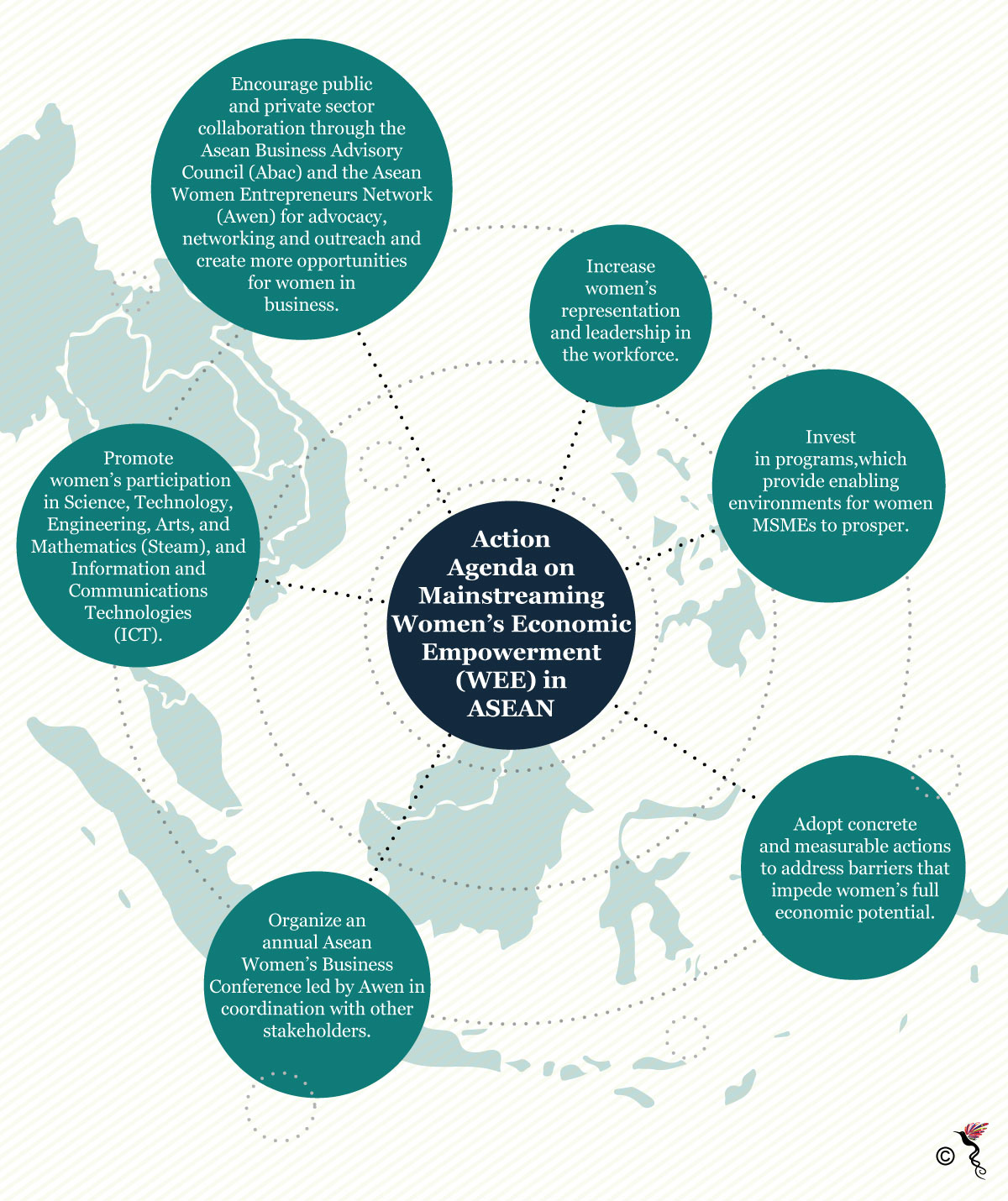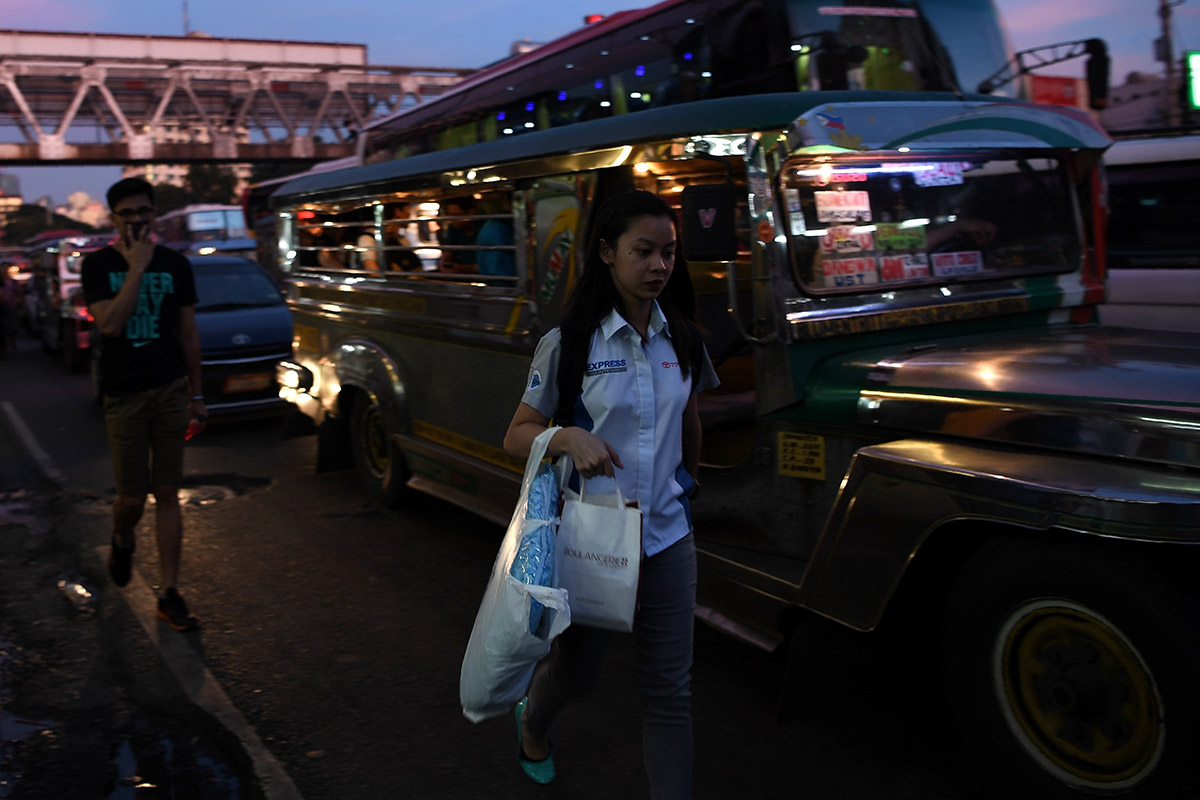The 31st Association of Southeast Asian Nations (ASEAN) Summit and Related Meetings held in Manila from November 10-14, saw a number of economic deliverables being achieved such as the completion of the Focused and Strategic Action Agenda on Investment, the adoption of the ASEAN Seamless Trade Facilitation Indicators and the development of the ASEAN Inclusive Business Framework amongst others.
Another pressing issue at the summit was the subject of women’s economic empowerment in the region. As a result of the discussions and dialogues held, the Action Agenda on Mainstreaming Women’s Economic Empowerment (WEE) in ASEAN was adopted.
The Action Agenda aims to bolster Women’s Economic Empowerment through innovation, trade and inclusive business, and human capital development by encouraging each ASEAN Member State to carry out actions in support of the agenda.
Some key proceedings in the agenda include the promotion of women's participation and skills development in science, technology, engineering, arts and mathematics (S.T.E.A.M), increasing women representation and leadership roles in the workforce and encourage public and private sector collaboration to create more opportunities for women in business.

The Action Agenda on Mainstreaming Women's Economic Empowerment (WEE) in ASEAN.
This agenda is imperative to the region as women are still under-represented in various sectors and industries and an increase in women representation is likely to improve the overall economy of the region. The McKinsey Global Institute (MGI) reported that the ASEAN region could potentially raise its collective GDP (gross domestic product) by 30 percent, or 1.2 trillion dollars, if proper initiatives are taken to address issues that are standing in the way of gender equality especially in workplaces.
In his e-mail correspondence with The ASEAN Post, Dan Konigsburg, Senior Managing Director of Deloitte’s Global Center for Corporate Governance stated that “study after study has shown that more gender diverse boards are better, more effective boards. The more effective boards a country has the more resilient, and the more sustainable its private sector can be.”
Earlier this month, The World Economic Forum had also released its 2017 Global Gender Gap report which benchmarks 144 countries on their advancement towards gender parity across four elements such as economic participation, education, health and political empowerment.
The report notes that “that improving gender parity may result in significant economic dividends, which vary depending on the situation of different economies and the specific challenges they are facing.”
Of all the ASEAN Member States, only the Philippines made it into this year’s top 10, slipping three spots since last year. With 79% of its overall gender gap closed, it concedes its position as the highest performer in the East Asia and the Pacific region to New Zealand. The reason of the fall is due to a worsening performance on wage equality for similar work indicator.
How can ASEAN achieve the agenda together?
“Research about this topic around the world implicates the role of men, in addition to women, in making a change,” stated Dan.
“We need men to see the importance of the issue, to advocate for change, and to nominate women to the boards of their organizations,” he added.
According to Gender Equality and Women's Empowerment in Asia and the Pacific report by United Nation's Economic and Social Commission for Asia and the Pacific (ESCAP), establishing a relationship between government entities, private sectors and civil societies is a key factor in accelerating the integration of gender diversity and women’s equality in the region.
Apart from that, to implement the Action Agenda there are also requirements to adhere to. These are consciousness, capacity and collaboration which will aid in the translation of plans, programmes and policies. Action taken to employ gender diversity requires greater cognisance of gender mainstreaming and issues.
Recommended stories:
